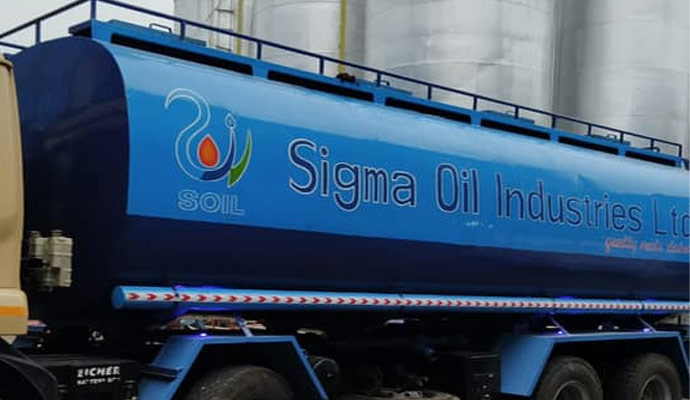
Tips for lubricant safety: Handling, storage, and usage
Lubricants are essential in various industries across Bangladesh, ensuring the smooth operation of machinery and extending their lifespan. However, improper handling, storage, and usage of lubricants can lead to safety hazards, environmental damage, and increased operational costs.
In this blog, discover essential tips for lubricant safety in Bangladesh to protect your equipment and personnel. Follow these guidelines to ensure efficient operations and a safe working environment.

Lubrication safety practices in Bangladesh
Ensuring lubrication safety in Bangladesh involves understanding local regulations, using proper handling techniques, and following best storage practices to protect machinery and the environment.
- Follow BSTI guidelines
- Read labels and Safety Data Sheets (SDS)
- Use appropriate Personal Protective Equipment (PPE)
- Use dedicated equipment for lubricant transfer
- Store in cool, dry places away from sunlight
- Implement FIFO inventory management
- Dispose of used lubricants responsibly

Importance of lubricant safety
Lubricants play a crucial role in the smooth operation of machinery, but they can pose hazards if not managed correctly. Following safety guidelines can prevent accidents, protect the environment, and extend the life of your equipment.
- Prevents equipment damage
- Enhances efficiency
- Environmental protection
- Optimal lubricant performance
- Compliance with regulations
- Reduces machinery downtime
- Improves machinery lifespan
- Minimizes risk of accidents
- Cost savings
- Protects workers
Proper handling of lubricants
Handling lubricants safely starts with understanding their properties and potential hazards. Here's how to handle lubricants properly:
Understanding lubricant labels & safety data sheets (SDS)
Before using any lubricant always read the label and the Safety Data Sheet (SDS). These documents provide essential information about the product, including:
- Hazard identification
- Safe handling and storage instructions
- First-aid measures
- Personal protective equipment (PPE) recommendations
Personal protective equipment (PPE)
Wearing the right PPE can prevent skin contact and inhalation of harmful substances. Recommended PPE for handling lubricants includes:
- Gloves
- Safety goggles
- Long-sleeve shirts
- Respiratory protection if necessary
Safe handling procedures
When transferring lubricants, use dedicated equipment to avoid contamination. Here are some tips:
- Use pumps and funnels designed for lubricants
- Avoid spills by pouring slowly and carefully
- Clean any spills immediately to prevent slips and environmental damage
Best practices for lubricant storage
Storing lubricants correctly ensures they remain effective and safe to use. Follow these best practices:
Store lubricants in a cool, dry place away from direct sunlight. High temperatures and humidity can degrade the quality of lubricants. Maintain a stable environment to ensure longevity.
Use appropriate containers to store lubricants. Metal or high-density polyethylene (HDPE) containers are recommended. Ensure shelves are sturdy and can support the weight of the containers.
Keep track of your lubricant inventory to avoid overstocking or running out. Implement the first-in, first-out (FIFO) principle to use older lubricants first and prevent them from expiring.
Applying lubricants correctly is just as important as storing and handling them. Here's how to use lubricants safely:
Use the right tools for applying lubricants, such as brushes, sprayers, or grease guns. Ensure even coverage and avoid over-application, which can attract dirt and cause machinery issues.
Regularly inspect equipment and lubricants for signs of wear or contamination. Replace lubricants as needed to maintain optimal performance.
Dispose of used lubricants according to local regulations. Improper disposal can harm the environment. Many places offer recycling programs for used lubricants.
Common mistakes to avoid
Avoid these common mistakes to ensure lubricant safety:
- Using the wrong type of lubricant for the application
- Storing lubricants in unsuitable conditions
- Neglecting regular maintenance and inspections
- Failing to read labels and SDS
Conclusion
You can ensure safe and effective lubricant management by following these tips for handling, storage, and usage. Regularly check and update your safety practices to keep up with industry standards. For more detailed guidance on lubricant safety, visit Sigma Oil, your trusted partner in high-quality lubricant solutions. Call us now at +88-01700-760430 to get top-grade lubricants and ensure the safety and efficiency of your operations.
